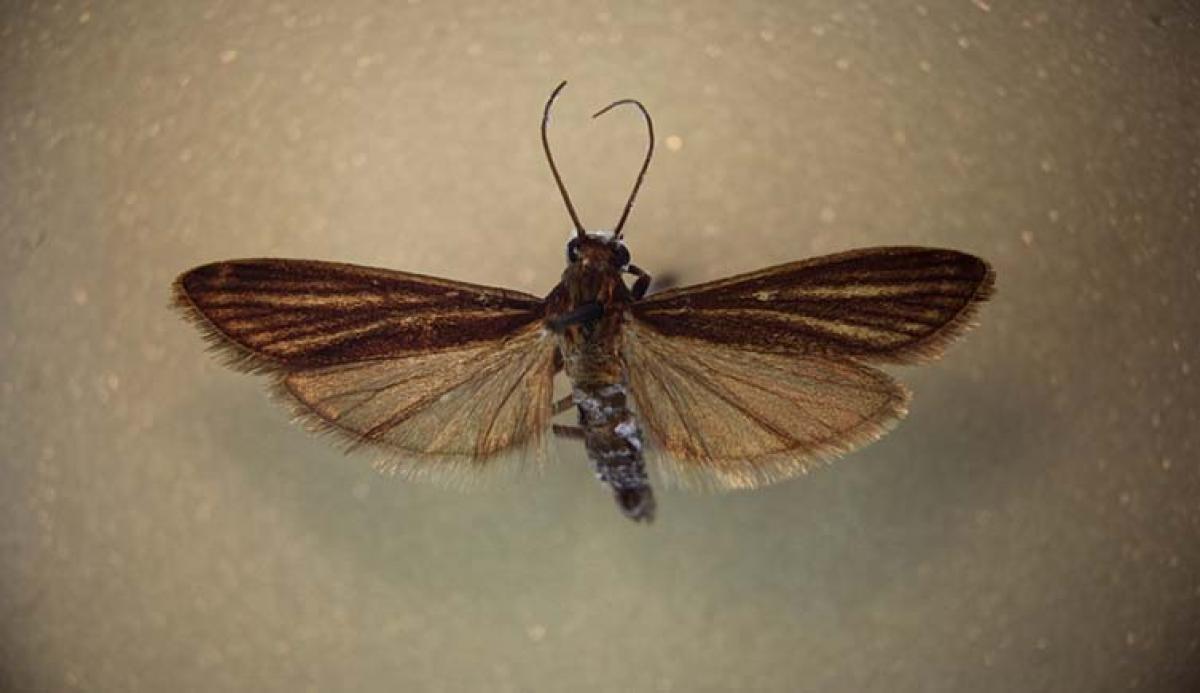You cannot change from what you are – The HR message of Sloth moth

Do people ever change their attitude and the way they do things? It is indeed a big question. But the simple answer is people seldom change their attitude and mostly would continue to do things in the same way without much change.
Do people ever change their attitude and the way they do things? It is indeed a big question. But the simple answer is people seldom change their attitude and mostly would continue to do things in the same way without much change. Once they have entered into such self-made traps or cycle, they tend to repeat the same without much change. They never free themselves from such rhythm or practice.
Look at the strange behavior of sloth moth. The insect has developed an endemic and inseparable relationship with the animal Sloth. Sloth is an amazingly a slow animal seen in evergreen forests.
Because of the slow nature of the animal, many species of insects, algae etc., do colonize in the fur of this deadly slow sloth. One such insect that harbors in the fur of sloth is ‘sloth moth’.
The interesting aspect of sloth moth is that they exhibit an exclusive and indispensable preference for sloth. Even to lay their eggs and to complete the life cycle of these insects from egg, larva, pupa, they require sloth. Because all they know to depend on is a sloth.
The sloths are strictly an arboreal (lives on the tree top) animals and they visit the land/ground once a week for the purpose of defecation. The sloth moths are known to wait for such occasions to lay their eggs in the fecal matter of the sloth. The eggs hatch from the fecal matter of the sloth, the larval stage utilizes the fecal matter as its principle food and then enters into the pupa stage. Once they complete the pupa stage and become a fully developed ‘sloth moth’ look for a sloth to roost, reside and live. Once again the above life cycle continues.
The sloth moth not only requires sloth fur to live, it needs even the fecal matter of sloth to rear its next generation. In brief, from birth to death and to produce a new generation, sloth is the ultimate and the only resource the sloth moth depends onbehavioural.
Many people in corporate do behave the same way. They cannot think of anything else outside of the corporate. Their identity, their satisfaction, their happiness, the social life and finally the livelihood, they derive exclusively from the organization they work. Nothing they know beyond their organization. Hence, they do things rhythmically, repeatedly and cyclically because of the above and as a result they remain as the same person.
Many people do exbehavioraltraits unknowingly. They simply become the product of their ‘repetition’ and continue to remain as what they are or what they have been. Once the people in corporate have entered into to such phase, it would be difficult for them to change. It would be like how sloth moth comes out of sloth only to lay its eggs in the fecal matter of sloth and to ensure its next generation and also to continue the same life style. Some people in corporate may also show the same level of dependency and repetitive actions to re-establish and re-iterate the above dependency.
Dependency is not bad, but loosing ones independence, freedom and intelligence to such dependent factors is not wise. It is in fact very dangerous. Hence one needs to introspect whether
1. You change to not to change
2. You change because you feel you have to change
The sloth moth represents the first example. It change its habitat from sloth fur to terrestrial ecosystem for a short while only lay its eggs in the fecal matter of the sloth so that its next generation also continue to depend on sloth habitat.
Dr S Ranganathan

